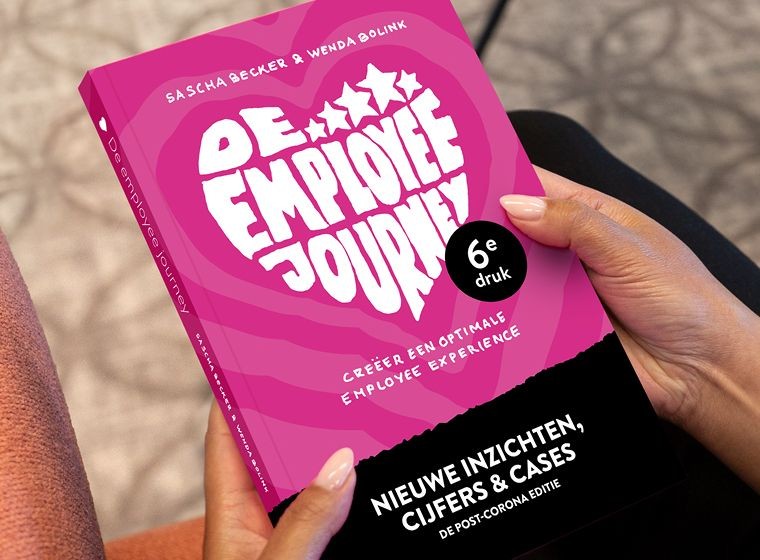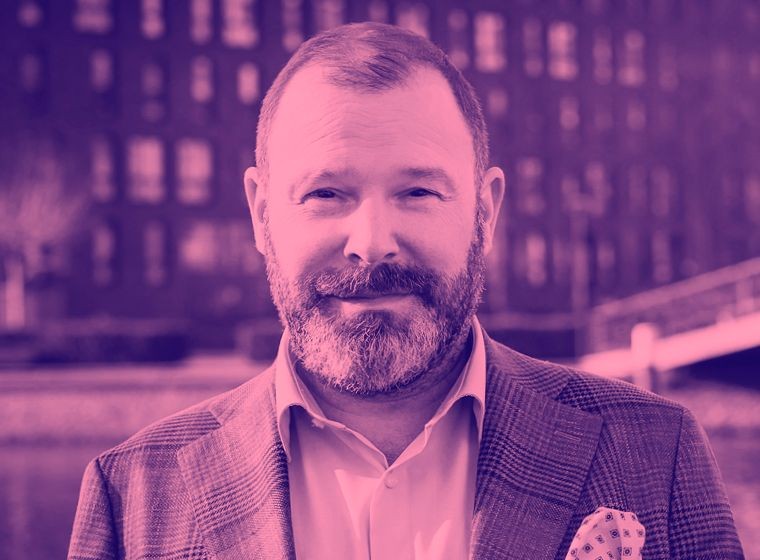
Bea Aarnoutse
22 februari 2023 Switch to Dutch
Switch to DutchPlanning a transformation? Don’t underestimate the role played by communication
In a transformation process, the role of communication and the communication department is typically underestimated, says Bea Aarnoutse, a lecturer at Nyenrode Business University and an associated consultant and partner at PROOF, a communication and consultancy firm.

What she means is that instead of being viewed as a strategic conversation partner, the communication department is typically viewed as an implementor or executing party. “But not only are management and the transformation department responsible for change, so too is the communication department. In fact, it is essential that the transformation team, HR and communication work together. There is a huge amount to be gained by working integrally, but this, especially when it comes to the role of communication, is often underestimated,” she says.
“A change programme is eight times more likely to succeed when senior management communicates openly about developments. And the likelihood of those changes being successful is six times greater when leaders are aligned. These are figures from McKinsey that we cannot and should not ignore. Furthermore, as McKinsey and Gallup have found, basing your communication on a meaningful change story also leads to success. The same also applies to leading by example: a transformation is over five times more likely to succeed when leaders set a good example and demonstrate the desired behaviour.”
No beads and trinkets
Even though the numbers speak for themselves, many organisations still think of communication in terms of “beads and trinkets” – nice-to-have but basically of secondary importance, rather than something that plays a valuable central role. But successful transformation begins with a thorough sentiment analysis, a relevant story and an integrated communication strategy. That sounds logical, says Aarnoutse, but in practice, the communication team is often brought in too late and for the wrong reasons. And that's not helpful, because with transformations, as with anything, a good start is half the battle.
Aarnoutse points out that it takes time to develop a crisp change story. Analyses and plans are important, but how do you capture them in a story that not only covers the “why”, but also the "what" and the "how", while also reflecting the value proposition of an organisation? Because just like every other employee, leaders need clarity on the "how": What is being asked of me, and how can I help my team achieve this?
"Successful transformations,” notes Aarnoutse, “are those in which leaders are aligned – that is, they do the right things in line with the strategy – and give direction in terms of knowledge, attitude and behaviour. It's about knowing, wanting and being able to do what is necessary. Knowing, wanting and being able leads to greater involvement and alignment, and so to the retention of talent in your organisation."
Communication professionals must understand the business
For communication professionals to make a valuable contribution, it is not enough for them to simply be knowledgeable about communication; it is also important that they know and understand the business, states Aarnoutse. "To communicate effectively, communicators must internalise the transformation and understand what it involves. To do this requires knowledge of the business, an understanding of the 'from-to' process and, above all, a good relationship with management. And a good relationship, in my opinion, is one in which people are not afraid to say what needs to be said. There are enough yes-men and women. We need communication professionals who can put their finger on the problem and so prevent leaders from making common mistakes.”
It's important to know about and keep up with related fields
Aarnoutse argues that communication professionals must break out of their silo, and that it is important that they work with HR, the transformation office and the business: “Discuss how you are going to work together, what you all need and how the communication team can add value. If you demonstrate your value as communicators, doors start to open and budget starts to become available to not only engage leaders, but all your people, too. Top down and bottom up. Investing in people pays off, especially in changing times. That’s why the title of my last book is “Happy Change”,” she concludes.
In addition to her other roles, Bea Aarnoutse is a boardroom consultant and author of “Alignment 2.0” and “Happy Change”, and she is one of the lecturers for the Strategic Communication programme. Drawing on two theoretical frameworks, a concrete action plan and practical examples, she teaches participants how communication can contribute to aligned leadership and aligned employees, even in times of change.








